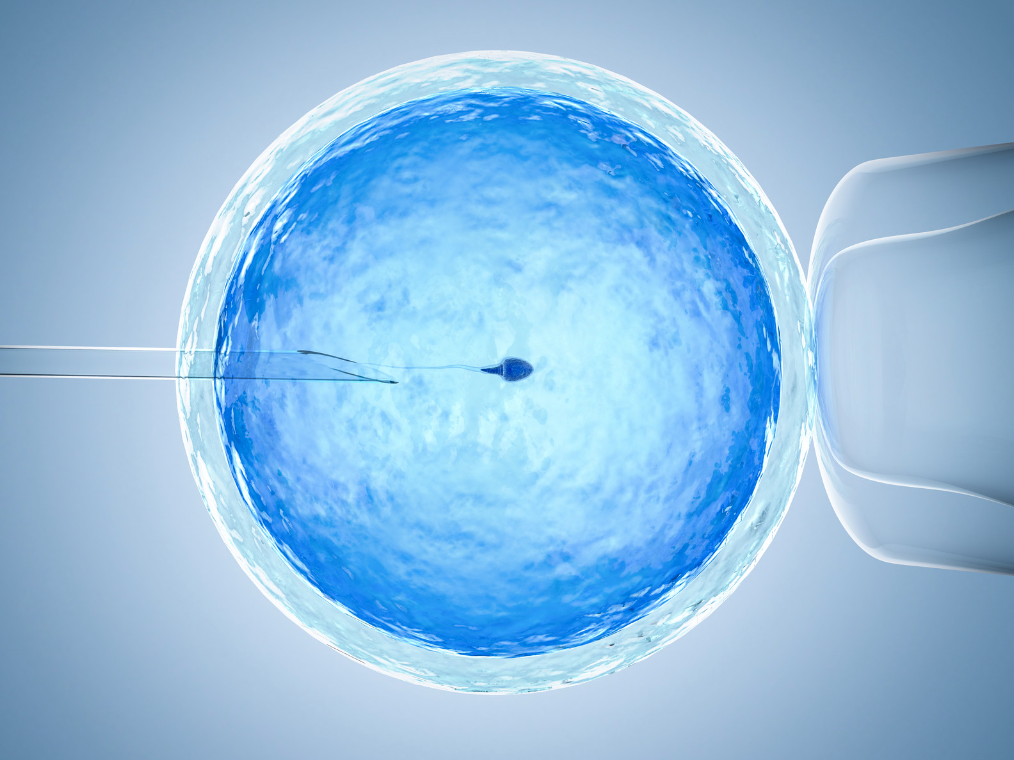How to Prepare for an Embryo Transfer
It’s finally that time. You went through the retrieval (or retrievals), and you now have a precious, little embryo to transfer. Now what? What can you do to ensure the best success for your upcoming transfer?
ACUPUNCTURE: Getting acupuncture leading up to your transfer is one of the most important things you can do to improve chances of pregnancy. I typically recommend 4-6 treatments leading up to your embryo transfer. These can be booked weekly or 2x per week to get the recommended amount. The goal for these treatments is to improve blood flow to the uterine lining, balance hormones, reduce stress, reduce inflammation, and improve endometrial receptivity. Getting acupuncture on the day of your embryo transfer (before and after) has been clinically shown to improve chances of conception by 15% as well as reduce miscarriage rates. I also recommend getting an implantation window treatment the week following your embryo transfer. This is an acupuncture treatment 2-5 days after your transfer (which is roughly when the embryo should be implanting) to focus on stress relief, reduce uterine contractility, improve uterine receptivity and lining thickness, and encourage healthy blood flow to the lining.
DIET: One of the most common things I get asked about is what to eat or not eat while preparing for an embryo transfer. I generally recommend a plant-filled, whole foods, anti-inflammatory diet in general for hormone balance and fertility. I’m not going to lie, I don’t ever advocate the McDonald’s french fries or pineapple core (there’s no scientific evidence to support it). It’s important to just eat well overall. Stay away from the foods that you know your body doesn’t like. Does dairy make you bloated? Do fried foods make you sleepy and mood swingy? Donuts make your energy levels fluctuate too much throughout the day? Eat your regular meals to keep your blood sugar stable (don’t skip breakfast!) and stay hydrated. One study showed that consuming a juice of beets, ginger, and watermelon increased pregnancy rates by almost 20%!
EXERCISE: Whatever your doctor has said you should do for exercise you should listen to. If you have not been given specific instructions based on your individual concerns, whatever exercise your body is already used to will be great to do leading up to your transfer. I would avoid intense exercise and aim for 3-4x per week of 30ish minutes of moderate cardio or strength training. After your transfer, keep it light but please continue to move. Unless your doctor has recommended you do so, I do not ever recommend bed rest post transfer (it’s been shown to reduce pregnancy rates). It is important to keep your blood flowing, and regular every-day movements will help with that. So go for walks and continue your light exercise. If you are having a fresh transfer and you just had your retrieval, your ovaries will still be swollen and you should not be exercising at all.
SUPPLEMENTS: Always ask your doctor and follow their instructions about which supplements you should be taking, especially in combination with other medications. I typically recommend my fertility patients to be taking a prenatal vitamin with adequate levels of folate, choline, vitamin d, and omega 3 fatty acids before, during, and after transfer day. If you are having difficulty with maintaining a thick enough lining, a combo of 400-600iu of vitamin e and 6g of l-arginine (split up into 3 doses throughout the day) has been shown to increase lining thickness.
REST: Make sure you are getting enough sleep leading up to your transfer. Aim to go to bed before 11pm and get at least 7 hours (ideally 8!) of sleep for optimal hormone balance. With the anticipation leading up to your transfer you may have to incorporate a more relaxing night time routine. Light some candles, take a warm bath or shower, journal, meditate, etc.
MENTAL HEALTH: Embryo transfers are nerve wracking. You worked so hard to get to this point and it can be a lot of pressure. It is so incredibly important to prioritize self care during this time. It’s time to be very selfish with your time and energy to make sure you are nourishing yourself enough and making space for a baby into your life. I love recommending meditation to my fertility patients. Studies show even 10 minutes per day can have profound physiological benefits. I also love the fertility related guided imagery meditations by Anji, Circle and Bloom, and Belleruth Naperstek. There are also some great free guided imagery meditations on YouTube.
OPTIMIZE YOUR PROTOCOL: Although the ERA (endometrial receptivity analysis) has been proven to be controversial in helping improve implantation rates, there are some other tests or protocols to consider speaking about with your doctor. You can ask your doctor if they offer microbiome testing like the EMMA and ALICE test which can test for subclinical uterine infections and the health of the uterine/vaginal microbiome to see what can be optimized for the transfer. I’ve had a small number of patients discover they have subclinical endometritis and need to go through a round of antibiotics before they are able to transfer. Want to support your microbiome anyway? Ask your doctor if you can try probiotic suppositories (my favorite brand is Flora SAP!) for a cycle or two before your transfer (and including the transfer cycle) to optimize your microbiome and improve pregnancy rates. Receptiva Dx is another new test (done through a uterine biopsy) that tests for likelihood of having endometriosis (as well as progesterone resistance and endometritis). If you’ve never had a laparoscopic surgery to look for endometriosis and you have some symptoms (like unexplained infertility, pregnancy loss, failed transfers, or painful periods), it may be worthwhile to look into. If you do test positive, it is recommended to take Lupron for 2-3 months before your embryo transfer to optimize success. If you’ve had unsuccessful transfer, don’t respond well to synthetic estrogen, or have an autoimmune disease, I would ask your doctor about doing a modified natural transfer cycle instead of the traditional medicated FET. In a modified natural cycle, your body’s own endogenous estrogen is used to thicken the lining (instead of using oral estrogen or patches). Ovulation is monitored and the embryo is transferred a specific amount of time after ovulation is confirmed. Natural transfer cycles have a slightly higher success rate than medicated cycles.
There are some do’s and don’ts for transfer that your fertility center will explain to you. Follow these to a T. For example, take your medications exactly as instructed, avoid putting heat directly on your lower belly or low back after the transfer, avoid swimming or baths after your transfer for a certain amount of time, and no sex or orgasms until fetal heartbeat is found on ultrasound. These may vary depending on the fertility clinic.
Other things to do on transfer day:
Start your day relaxed and slow. Try to get the entire day off if you can.
Laugh. A 2011 study posted in Fertility and Sterility showed that laughter after an embryo transfer increases conception by 16%. So watch a funny movie, a comedy stand up, or anything that makes you laugh!
Keep warm. Bring warm, cozy socks or even a blanket to keep warm and ensure good blood circulation.
Bring a support person or object. Anything to keep you grounded and positive.
If you are looking for support with your embryo transfer, book an initial consultation and we can get started on optimizing your chances of a healthy conception.
Peace & Periods,
Allison


